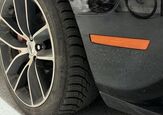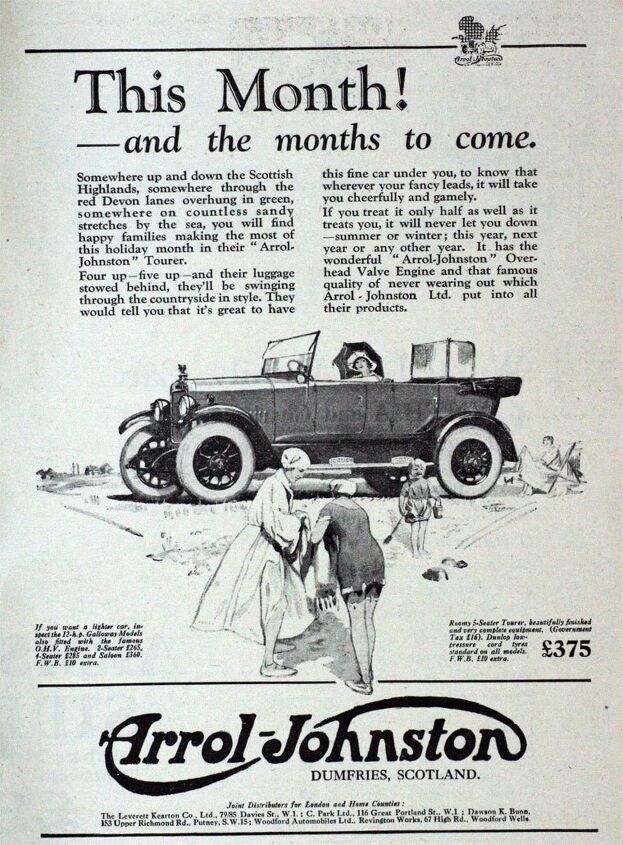#1890s
Rare Rides Icons: Arrol-Johnston, First Four-wheel Brakes and Inventor of Off-road Vehicles (Part II)
In our introductory article on historical Scottish car maker Arrol-Johnston, we covered the company’s 1895 inception, its invention of four-wheel automotive brakes, and the financial difficulties that led it to become a subsidiary company under steel magnate William Beardmore. Today we finish with the brand’s rise to luxury and rather rapid demise.
Rare Rides Icons: Arrol-Johnston, First Four-wheel Brakes and Inventor of Off-road Vehicles (Part I)
We discussed Arrol-Johnston briefly in our Rare Rides Icons coverage of Isotta Fraschini a few days ago. Though the brand didn’t even make it to see World War II, the company’s contributions to the advancement of passenger vehicles make it an important one. Onward, to Scotland!

















Recent Comments